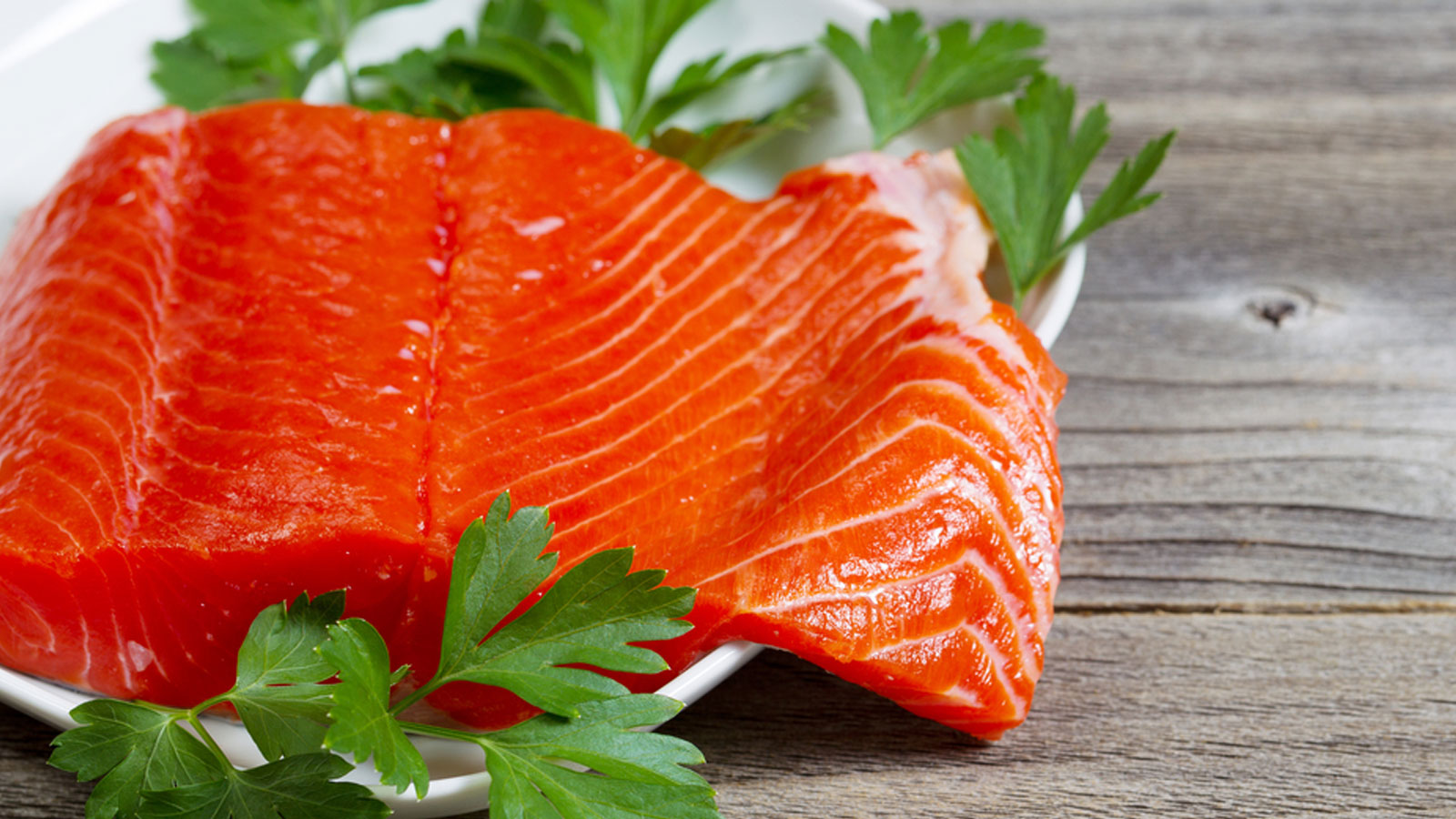Storing Live Lobster:
Ideally, live lobsters should be cooked the same day they’re delivered. However, they can be kept for one additional day when stored properly. In a fridge, keep lobsters as cold as possible in an open container such as a cardboard box. Pack them with seaweed or damp newspaper to keep them moist but not wet. Never store them on ice or in tap water, as the fresh water will kill them. Never freeze live lobsters, unless they’ve been cooked in advance.
Storing Fresh Live Mussels and/or Clams:
Mussels and/or Clams must be cooked while they are still alive. Mussels and clams may tend to open in transit and this does not mean they have gone bad or died. They should smell like the sea. You can determine if the mussels are alive by tapping on the shell. If the shell slightly closes a little then they are good to go. Store mussels in the bottom of your refrigerator, covered with a damp cloth or wrapped in wet newspaper. They are best cooked the same day, but will keep, refrigerated at 40 degrees, for 3 to 5 days. After cooking, the Mussels and/or Clams should be open. If any do not open, please discard. Never freeze live mussels, unless they’ve been cooked in advance.
***Note: GML recommends mussels and clams be cooked on the day of arrival. We are not responsible for any overnight loss.
Storing Fresh Scallops:
To store fresh scallops, keep them in the refrigerator until ready to use. Do not store scallops in water. Fresh scallops should not be stored in the fridge for more than two days. Ideally scallops should be cooked within one day.
Scallops freeze very well. If you are not cooking your scallops within 2 days of receiving, put them in the freezer to extend their shelf life. To freeze scallops, simply wrap them in plastic, remove as much air and put them in the coldest part of the freezer (for up to three months). To Thaw your frozen scallops, place them in your refrigerator for a day.
Storing Fresh Fish:
Keep your Fresh fish exposed to unsafe temperatures for as short a time as possible. It should be placed in a plastic bag to prevent any leakage from contaminating any other foods. To maintain the quality of the fish, it needs to be kept at a temperature under 40°F in refrigerated as soon as possible. Do not allow the fish to set outside refrigeration for any length of time unless preparing to cook.
In Refrigerator for 2-4 days with gel packs in a soft zip up cooler bag is the best.
Remove the fish from the packaging. Thoroughly rinse the fish in cold water. Pat it dry with a paper towel. Line a plate or pan with a double layer of paper towels and place the fish on the towels. Cover them tightly with plastic wrap or aluminum foil and place in the coldest part of the refrigerator, the top shelf in the back. Be sure the fish is tightly wrapped so that if there are any juices from the raw fish, they will not come in contact with any other food.
In Freezer for up to 4 months if not cryovac sealed. If cryovac sealed, much longer.
When cooking and serving fish, the meat must be handled properly to prevent contamination. Use a different platter and cooking utensils for cooked fish than what was used for the raw fish, unless they have been properly cleaned and dried after exposure to the raw fish.Be sure the raw fish does not come in contact with foods that have already been cooked or foods that do not require cooking before being consumed, such as raw vegetables and fruit.If taking cooked fish to be served at another location, be sure to pack the fish so it maintains the proper temperatures. If you are keeping it hot, it should maintain at least a 140°F temperature and if it is cold, it must be kept at or below 40°F.










